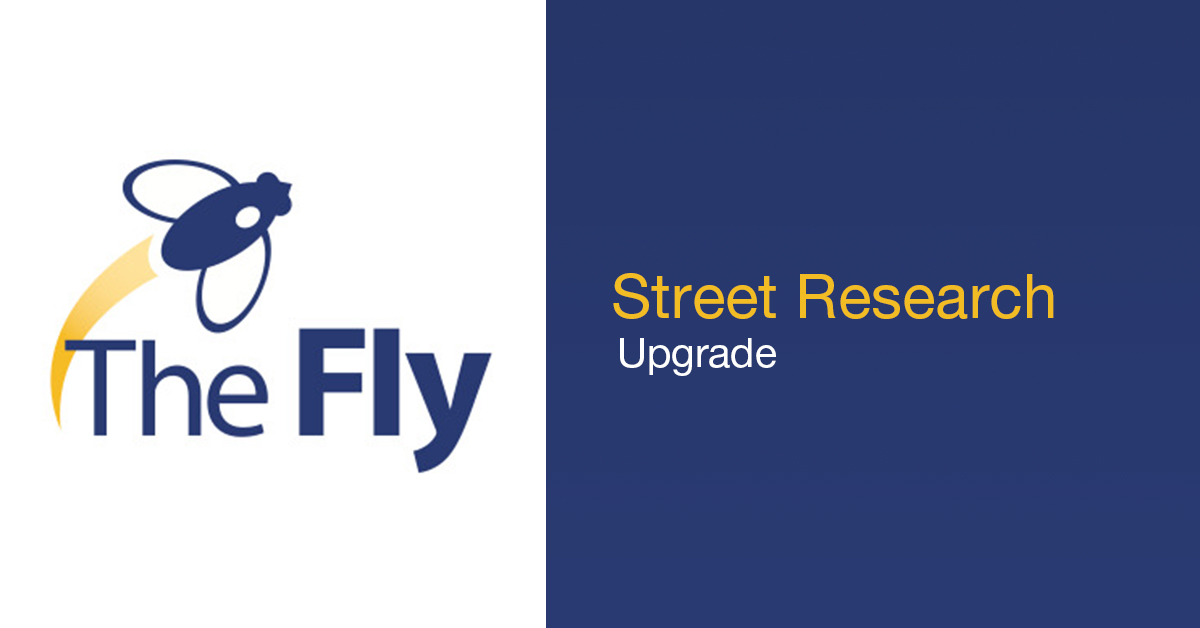Mike Smith
Active Member
'Canaccord Genuity analyst Jed Dorsheimer upgraded Tesla (TSLA) to Buy from Hold with a price target of $1,071, up from $419. The stock closed Friday down $6.78 to $677.02.The company is positioned to "attack and conquer" another trillion-dollar market as its ramps up its focus on energy generation and storage, Dorsheimer tells investors in a research note. The analyst predicts Tesla's generation and storage unit could yield $8 billion of revenue by 2025. Tesla "is rapidly creating an Apple-esque ecosystem of energy products, harmonized in electrification, to become The Brand in energy storage," Dorsheimer writes. The analyst believes that as battery supply constraints ease, Tesla will be able to meet demand for its Powerwall home storage. Tesla "holds a several-year lead and is now expanding aggressively into storage and thus feel our multiple is warranted," writes Dorsheimer.'

 thefly.com
thefly.com


Canaccord upgrades Tesla with over $1,000 target on 'Apple-esque' ecosystem TSLA;AAPL
Canaccord Genuity analyst... TSLA, AAPL
Last edited:


